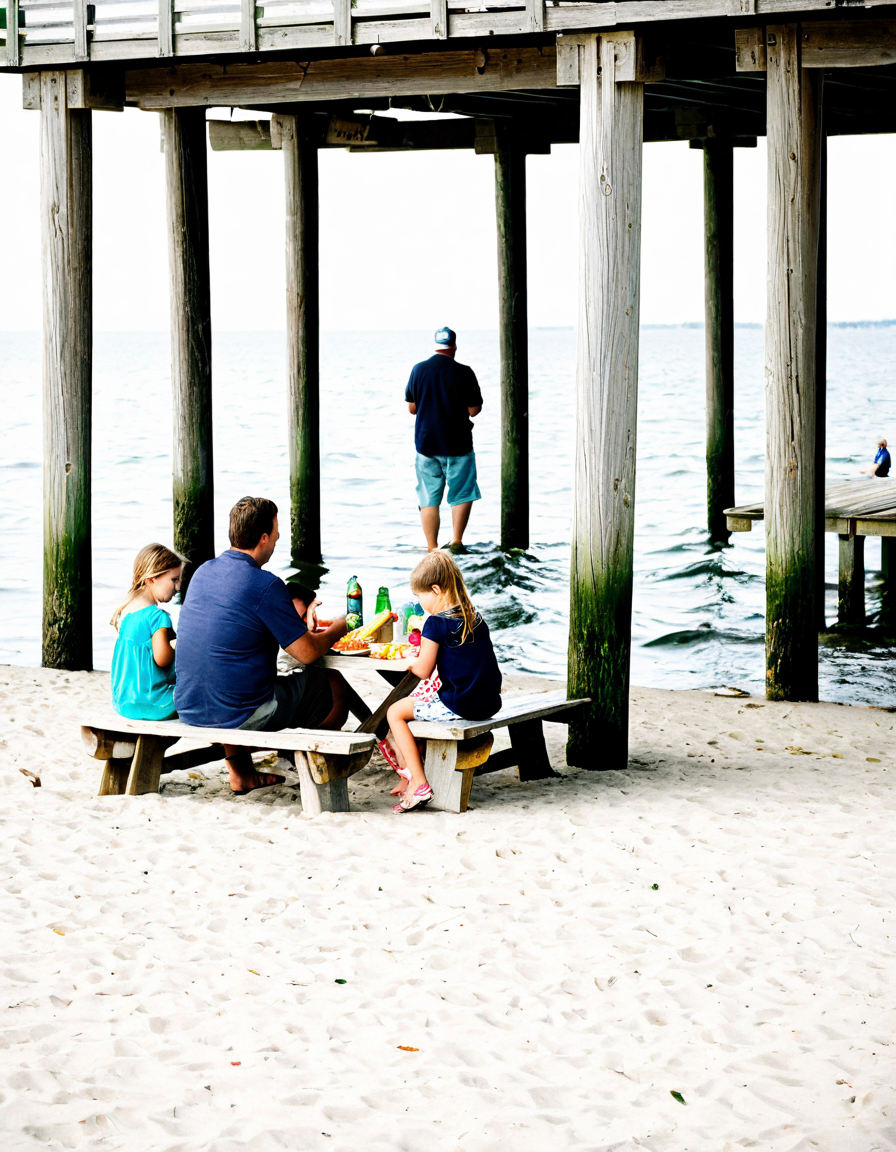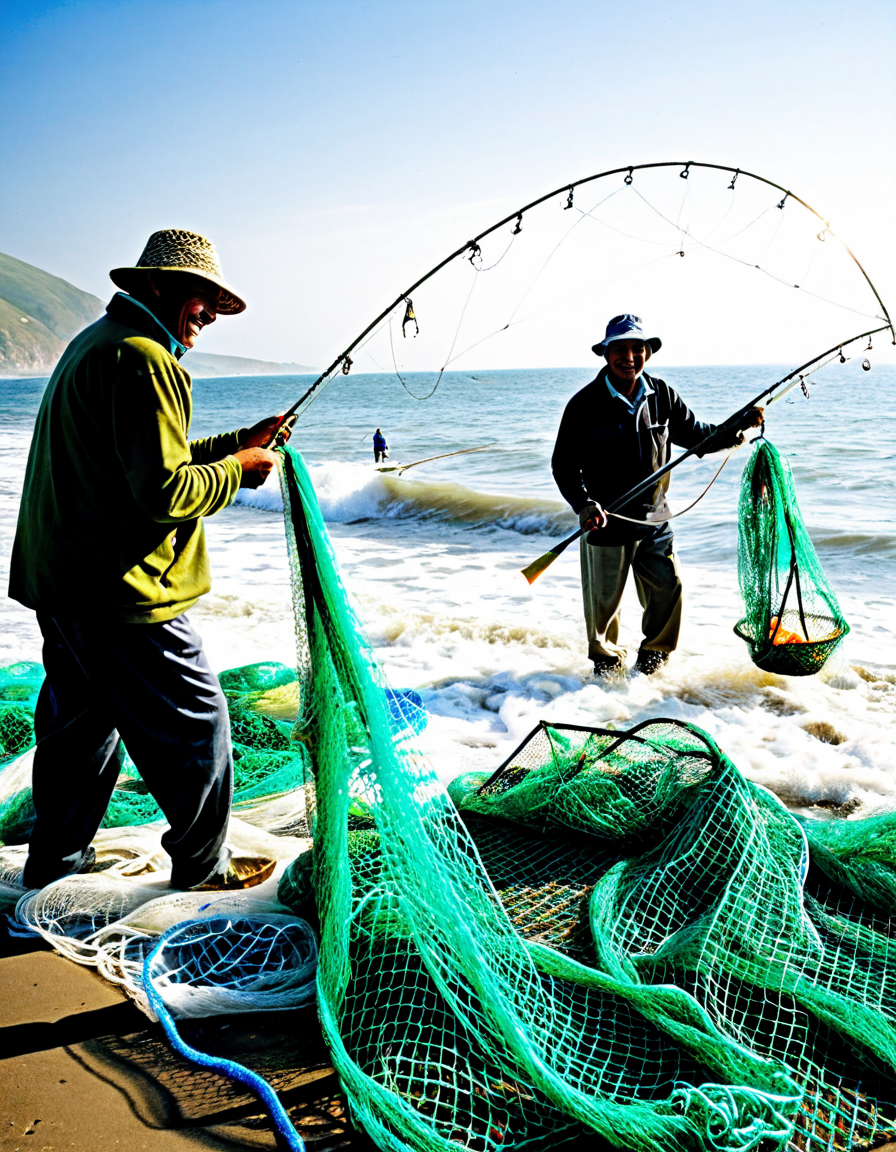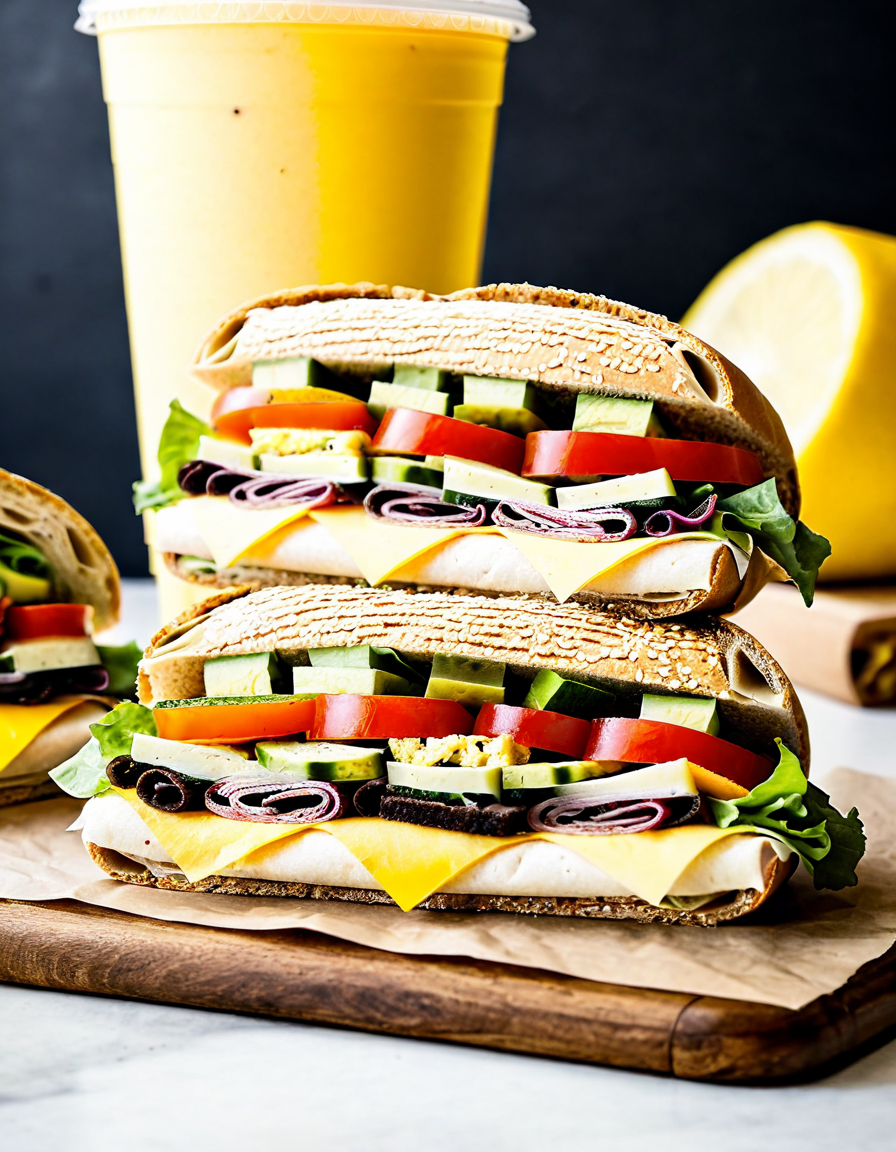The seafood industry is undergoing a significant transformation. The movement encapsulated by the phrase “More Fish Please” is gaining traction across various dining establishments. This initiative reflects a growing demand for sustainable seafood options, evolving beyond a mere trend into a lifestyle choice for many conscious consumers in 2026. As we explore this thriving phenomenon, it becomes clear how it shapes both dining experiences and environmental responsibility. In this article, we’ll dive into the core principles of this movement, spotlight key players, brands, and eateries leading the charge.

1. The More Fish Please Movement: A New Wave of Sustainability
The slogan “More Fish Please” embodies a collective desire for sustainability in seafood sourcing practices. With awareness around overfishing and climate change growing, consumers are more eager than ever to demand ethical practices from the food industry. Recent statistics reveal that a whopping 70% of consumers prefer seafood sourced sustainably. This shift has been fuelled by stark realities; over 30% of the world’s fish stocks are overfished, with the numbers climbing due to changing ocean conditions and pollution.
The implications of this movement are significant. Seafood lovers can now ponder on how their dining choices affect local ecosystems. By choosing establishments that actively promote sustainable fishing and support local fishers, patrons join a more extensive network working to protect our oceans and ensure future generations can enjoy seafood as richly as we do today.
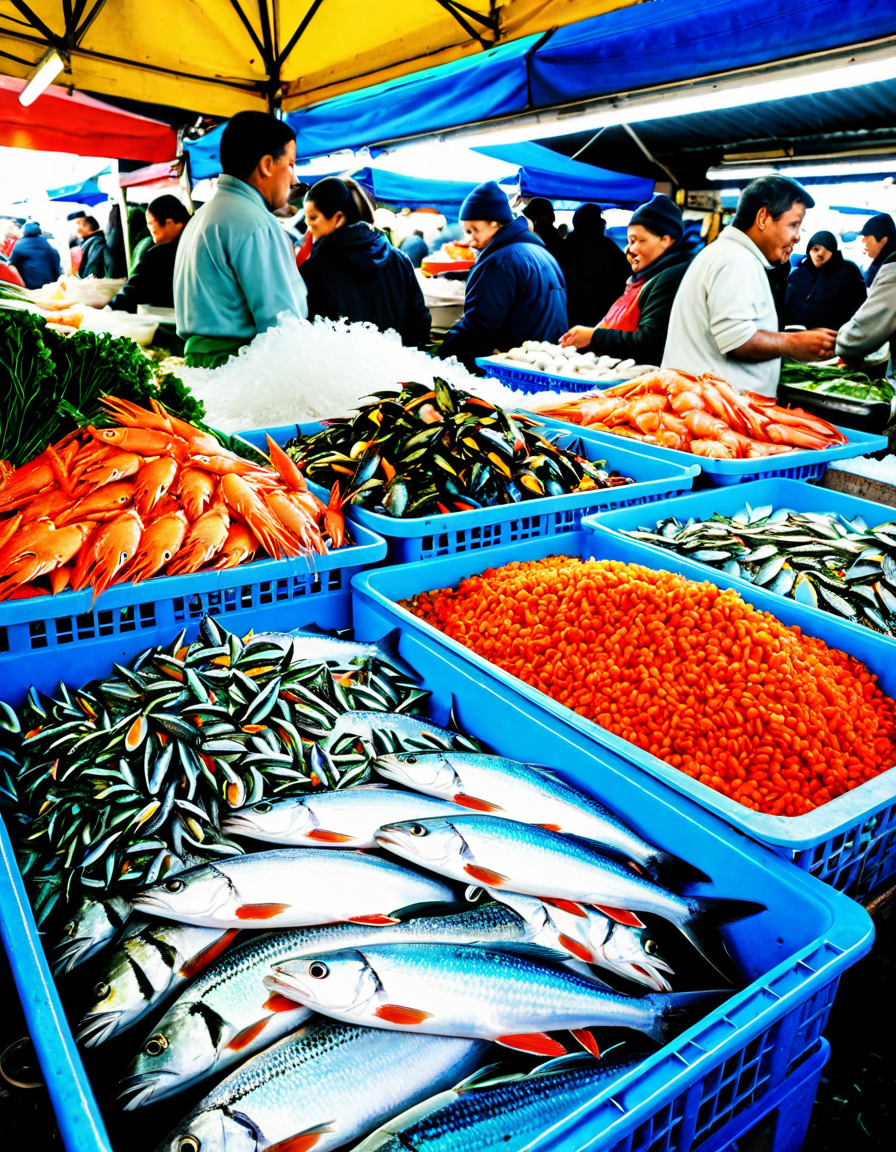
2. Top 7 Restaurants Advocating for More Fish Please
Here are some standout dining hotspots that truly embrace the More Fish Please ethos:
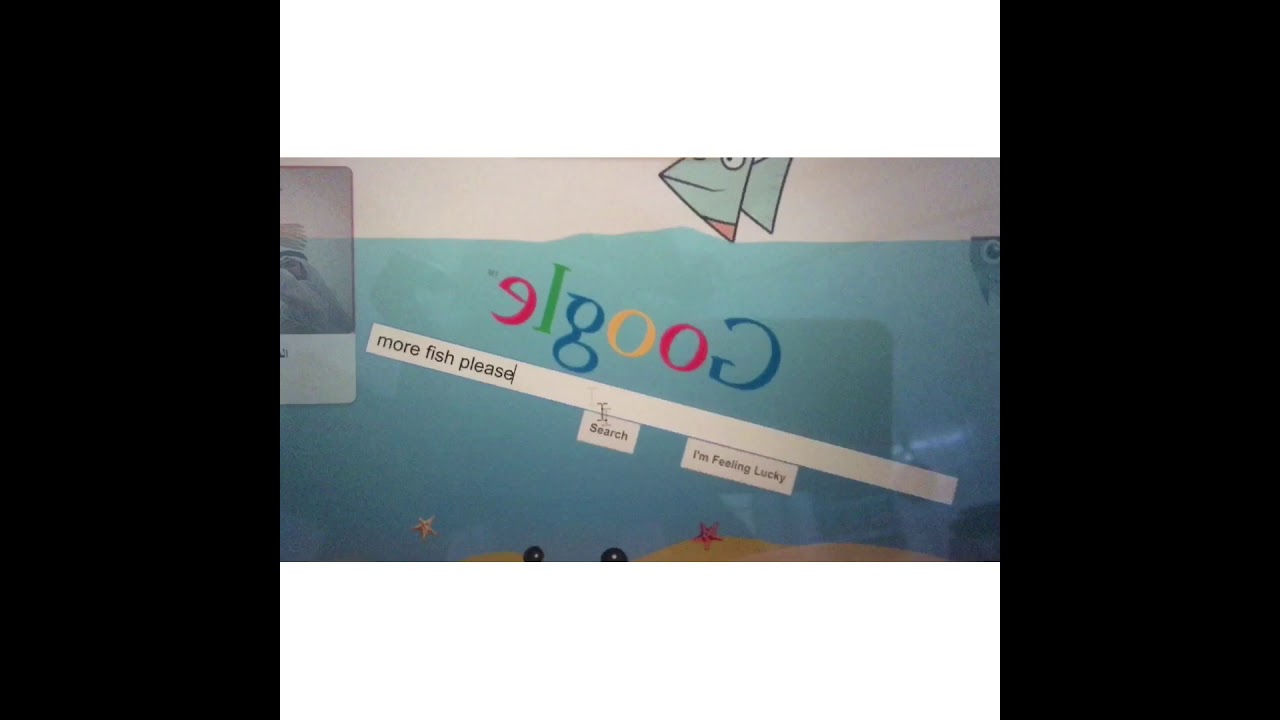
3. The Role of Technology in Sustainable Seafood Sourcing
Technology is revolutionizing how consumers and businesses approach seafood sourcing today. Apps and blockchain technology enhance traceability, allowing restaurants and retailers to provide transparency about where their seafood originates. With a solid infrastructure in place, consumers can know precisely how their fish made it to their plate.
Moreover, consumer awareness continues to grow thanks to these tech tools. Shoppers now have access to detailed sourcing practices, which empower them to make informed choices. Transparency in the supply chain elevates consciousness about responsible fishing, making it easier for consumers to support sustainable options.
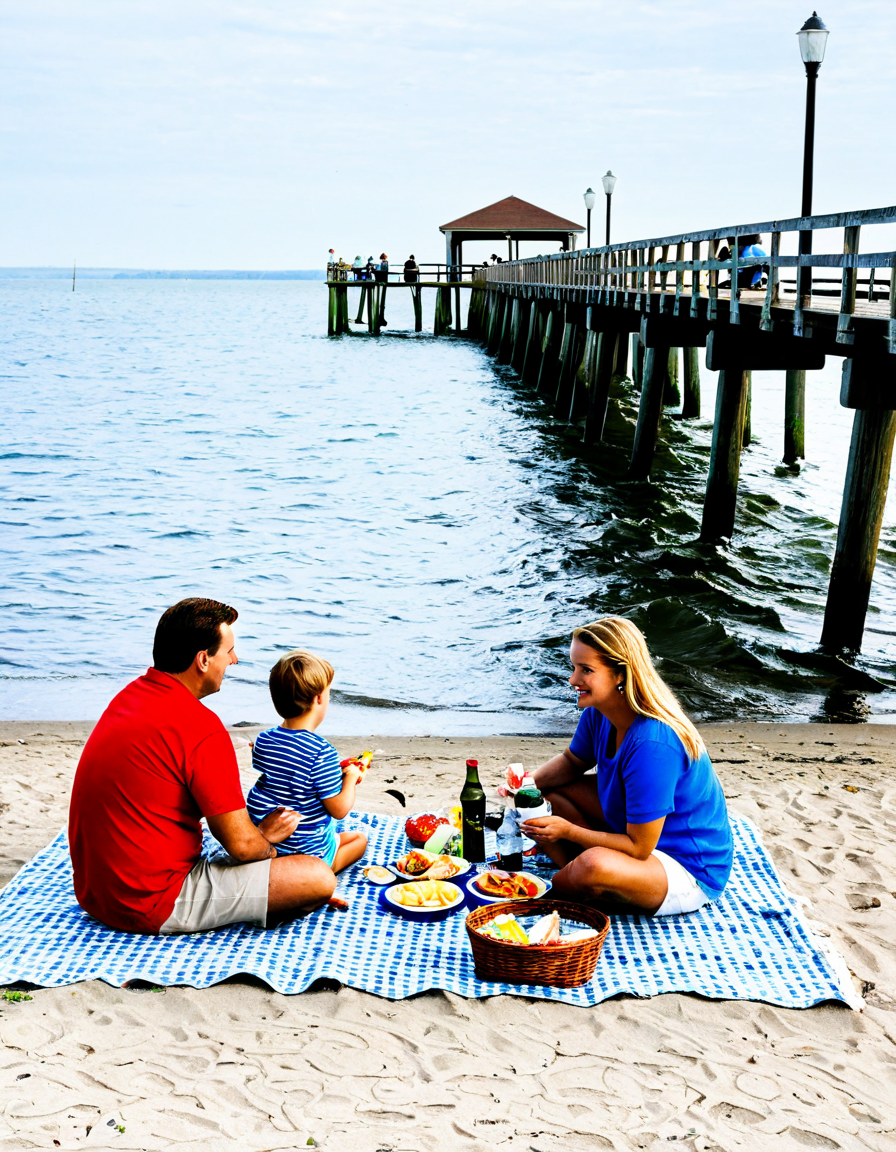
4. Consumer Behavior and Preferences: A Shift Towards Sustainability
Recent surveys show a significant shift in consumer behavior regarding food choices. A majority now actively seek eco-friendly options when dining out. This new mentality comes largely from younger generations, particularly Millennials and Gen Z, who are passionate about ethical eating and environmental impact.
Interestingly, these demographics aren’t just passing fads. They are the driving force behind the More Fish Please movement. They value sustainability and will often pay a premium for products that come from ethical sources, reflecting a serious commitment to environmental responsibility.

5. Challenges Facing the Seafood Industry: Navigating Sustainability
Despite the undeniable progress, the seafood industry faces numerous challenges. Regulatory barriers and complex supply chain logistics often hinder the implementation of sustainable practices. Overfishing and climate change still pose considerable threats, compelling many organizations to step up and advocate for change.
Notable organizations fighting these battles include the Marine Stewardship Council and Oceana. These groups work to promote sustainable fisheries and battle against overfishing, ensuring protection for vulnerable ocean species while championing practices that safeguard marine ecosystems.
6. Beyond Restaurants: The Retail Sector Supporting More Fish Please
While restaurants play a vital role in this movement, the retail sector is stepping up in impressive ways. Stores like Whole Foods Market are well-known for their seafood sourcing practices that align with the More Fish Please ethos. They prioritize relationships with suppliers who share their commitment to sustainability.
In addition, local fish markets and Community Supported Fisheries (CSFs) provide consumers with direct access to fresh seafood options sourced in environmentally friendly ways. These businesses allow consumers to be part of the solution by purchasing directly from those committed to sustainable practices.
Final Thoughts on the Future of Seafood Consumption
Looking ahead, the More Fish Please movement represents a profound cultural shift towards responsible eating. As major players in the restaurant and retail sectors embrace sustainability, consumers can play a crucial role in supporting ocean health and ethical fishing practices.
This evolving landscape creates a community-oriented approach where every meal contributes to the planet’s well-being. The future of seafood is not only about enjoying fresh, delicious options but also about ensuring our oceans remain vibrant for generations to come. So, the next time you sit down at your favorite restaurant or shop for seafood, remember: your choices truly matter.
With the buzz growing, here’s hoping we see even more delightful and sustainable seafood options in the coming years. After all, it’s not just about asking for more fish; it’s about fostering a healthier planet with every delicious bite.
As you explore local dining experiences, you might find yourself swaying to familiar tunes while enjoying a meal. Whether you’re recalling the essence of home with the chattanooga Choo Choo or reminiscing about performances at a Lauryn hill concert, it’s hard not to feel the connection between music, food, and sustainability in such vibrant spaces. And let’s not forget those sunny days spent at lido key beach or isle Of Palms beach, all of which become more special when complemented by ethically sourced seafood! If you’re ever in the mood for entertainment, take a chance on the enchanting stories behind icons like paul ben victor or Lynne Marta. And if you’re craving a kick, you might just want to feed me seymour, reflecting on the fun adventures this journey brings. Don’t forget to grab a cup of Sey coffee on your way!
More Fish Please: Insights Into a Thriving Movement
Fish Facts to Hook You
Did you know that the phrase “more fish please” has quietly driven a cultural shift in how many view sustainability? As seafood lovers become more eco-conscious, communities are asking for beneficial practices that promote healthy oceans. Catch this: studies show that fish populations can bounce back with proper management and responsible fishing practices. It’s like reeling in a big one after a long dry spell! If you’re curious about the lighter side of this movement, check out how even celebrities are getting involved—yes, even Drake’s daughter is on board as she navigates her own social circles towards seafood sustainability.
And here’s a trivia nugget for you: Did you know that nearly 3 billion people rely on fish for their primary source of protein? That’s a staggering figure, highlighting how vital seafood is globally. As folks lean into the “more fish please” mantra, initiatives are popping up that blend fish farming with traditional fishing, creating balanced ecosystems. Remember, the more sustainable practices we adopt, the healthier our oceans become—kinda makes you think twice before ordering that extra fillet, huh?
Engaging Efforts and Educational Waves
As the “more fish please” movement gains oceanic momentum, educational programs are surfacing in schools worldwide. These initiatives aim to teach kids about aquatic life and responsible consumption, helping future generations understand the importance of sustainable practices. Fun fact—many programs incorporate hands-on activities like fish-tasting sessions that emphasize healthy choices over overfishing. Who knew education could be this appetizing? Moreover, local seafood festivals are now featuring workshops on everything from cook-offs to conservation techniques. These gatherings not only uplift communities but impact local fish stocks positively—talk about a win-win!
In essence, the “more fish please” movement isn’t just a trend; it’s a wave of awareness sweeping across the globe. It’s an invitation to all of us to step up and prioritize our marine ecosystems. Understanding the significance of this movement can spark larger discussions about sustainability, just like the fascinating backstories that often accompany our favorite seafood dishes. So next time you sit down for a meal, remember—every bite can contribute to a healthier ocean. With ongoing efforts from users and innovators alike, we’re all riding this wave together.
